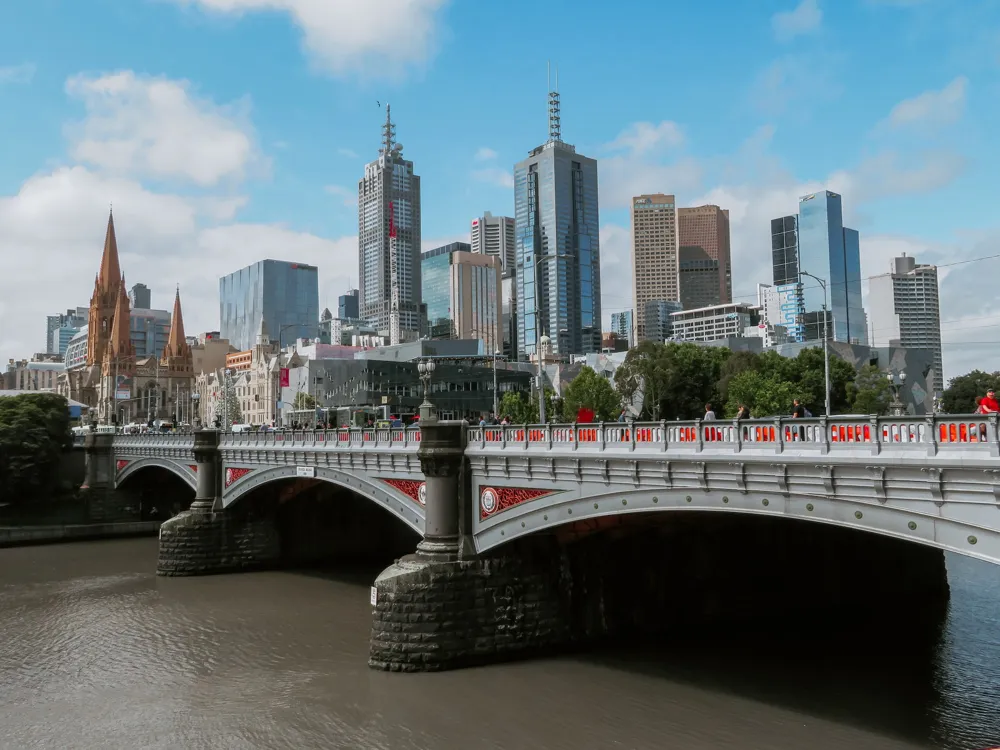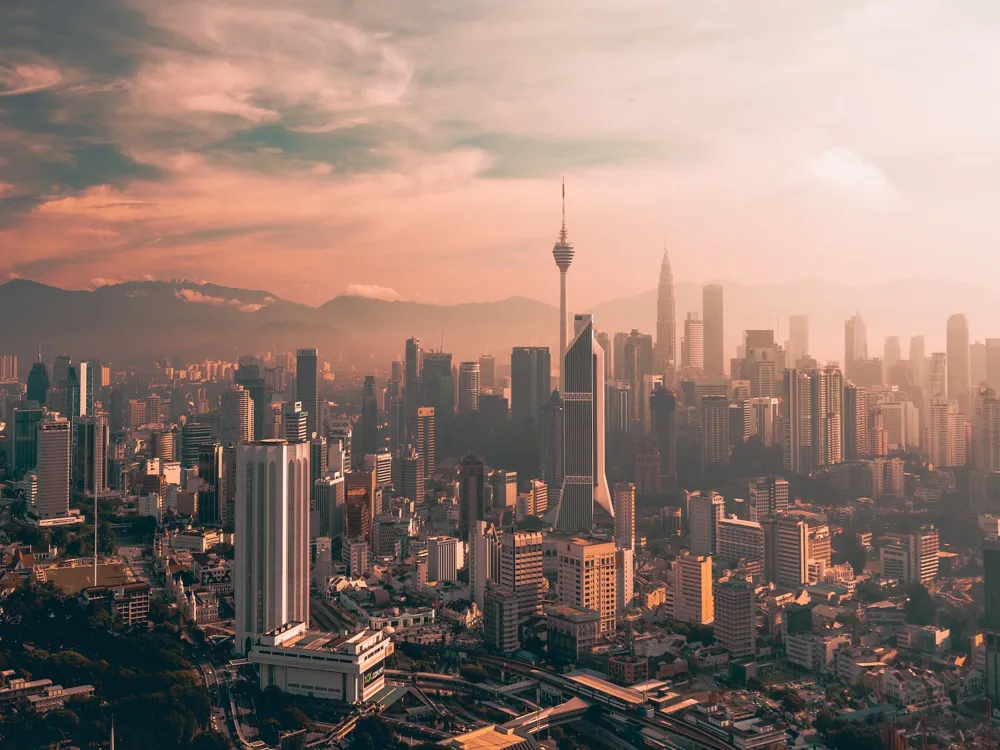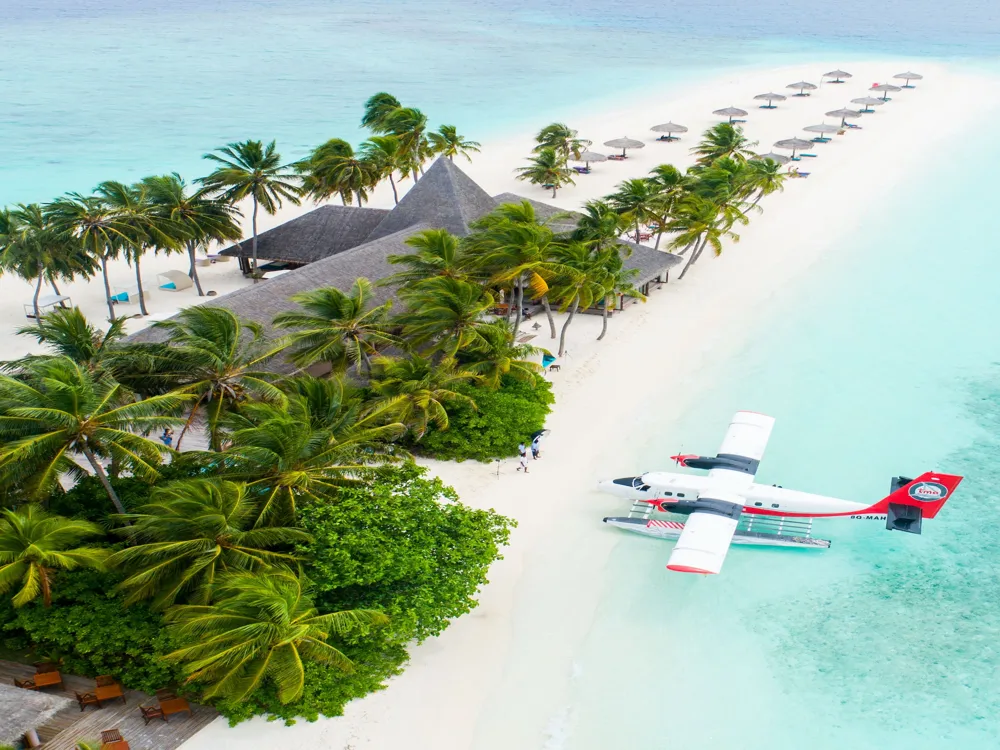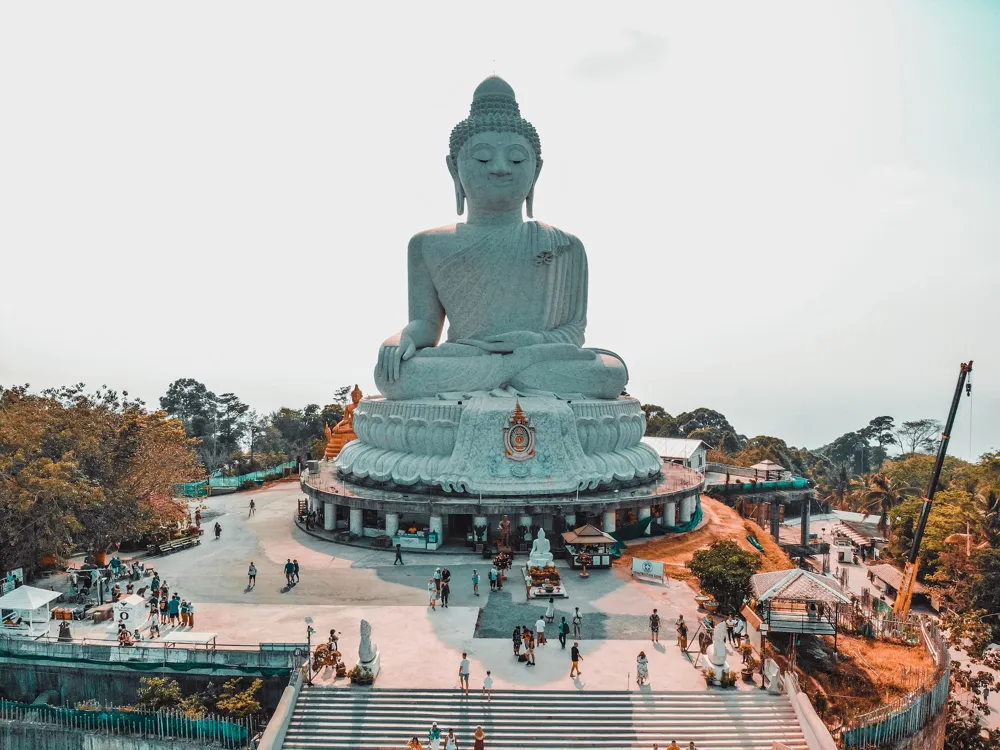Parque Ecologico Januari, located in the heart of the Amazon Rainforest near Manaus, Brazil, is a stunningly beautiful and ecologically rich area that spans over 9,000 hectares. This ecological park is a haven for biodiversity and a perfect example of the lush, vibrant environment that the Amazon is famous for. The park is named after the Januari Lake, a key feature of this area, and is renowned for its unique flooded forests and diverse wildlife. The park's ecosystem is predominantly characterized by its 'igapó' forests - a type of wetland found in the Amazon Basin. These forests are seasonally flooded by the black waters of the Negro River, leading to a unique ecological environment that supports a variety of plant and animal species. The park is home to several species of trees that are well adapted to the flooded conditions, including the rubber tree and the açai palm, both of which have significant economic and cultural importance in the Amazon region. Visitors to Parque Ecologico Januari are often mesmerized by the stunning biodiversity. The park is a prime location for birdwatching, with numerous species of birds, including parrots, toucans, and the iconic hoatzin. The waters of the park are home to a variety of fish species, as well as the famous Amazonian pink dolphins. Mammals like sloths and several monkey species are also commonly sighted. The park's biodiversity extends to a remarkable array of insects and amphibians, adding to the rich tapestry of life here. The park's importance extends beyond its biodiversity. It plays a crucial role in environmental education and research, offering invaluable opportunities for scientists to study the Amazon's unique ecosystems and for visitors to learn about the importance of conservation. The park also supports local communities, providing sustainable tourism opportunities that help preserve the Amazon's natural resources and cultural heritage. The architecture of Parque Ecologico Januari is a harmonious blend of natural beauty and human ingenuity, designed to facilitate the exploration and appreciation of the Amazon Rainforest while minimizing environmental impact. The park features a network of raised wooden walkways that allow visitors to traverse the flooded forests without disturbing the delicate ecosystem. These walkways provide a unique perspective of the forest floor and the aquatic life below. The park's visitor center is an architectural marvel in itself, designed with sustainability in mind. It is constructed using locally sourced materials, such as wood from sustainably managed forests and other natural materials that blend seamlessly with the surrounding environment. The design prioritizes natural lighting and ventilation, reducing the need for artificial lighting and air conditioning, thereby minimizing its carbon footprint. Another notable feature of the park's architecture is the series of observation towers. These structures offer breathtaking panoramic views of the surrounding forest canopy and waterways, allowing visitors to fully immerse themselves in the natural beauty of the Amazon. The towers are designed to be unobtrusive, with minimal impact on the environment, and provide a unique vantage point for wildlife observation and photography. The park also includes several floating structures, such as docks and small lodges, which rise and fall with the river's water levels. These structures are a testament to the innovative architectural approaches adapted to the park's dynamic aquatic environment. They provide a unique experience of living on the water, surrounded by the sights and sounds of the Amazon Rainforest. The ideal time to visit Parque Ecologico Januari is during the dry season, from June to November. During this period, the water levels are lower, making more areas of the park accessible for exploration. It is also a great time for wildlife viewing, as many animals are more easily spotted in the less dense foliage. Visitors should come prepared with insect repellent, sunscreen, a hat, and comfortable walking shoes. It's also advisable to bring a waterproof jacket, as the weather can be unpredictable. Don't forget to pack your camera and binoculars for wildlife spotting. Ensure you are up to date with vaccinations recommended for travel to the Amazon. Stay hydrated and be mindful of the intense humidity and heat. Always follow the guidelines provided by the park authorities to ensure your safety and the protection of the park's wildlife and environment. It's crucial to follow the principle of 'leave no trace' during your visit. Dispose of waste properly, stay on marked paths, and avoid disturbing wildlife or their habitats. This helps in preserving the park's natural beauty and ecological balance. Parque Ecologico Januari is located approximately 70 kilometers from Manaus. The most common way to reach the park is by boat. Several tour operators in Manaus offer day trips or longer excursions to the park, which include a boat ride along the Negro River. The journey offers a fantastic opportunity to see the meeting of the waters, where the Negro and Solimões rivers converge, creating a stunning natural phenomenon. Visitors can also arrange private boat transfers for a more personalized experience. Alternatively, for those seeking a more adventurous route, it is possible to reach the park by road, followed by a shorter boat trip. This option allows visitors to experience the Amazonian landscape and rural areas en route to the park. Read moreOverview of Parque Ecologico Januari
Architecture of Parque Ecologico Januari
Tips for Visiting Parque Ecologico Januari
Best Time to Visit
What to Bring
Health and Safety
Respecting the Environment
How To Reach Parque Ecologico Januari
Manaus Tourism
Best Time to Visit Manaus
How to Reach Manaus
Things To Do Manaus
Parque Ecologico Januari
Manaus
NaN onwards
View manaus Packages
Manaus Travel Packages
View All Packages For Manaus
Top Hotel Collections for Manaus

Private Pool

Luxury Hotels

5-Star Hotels

Pet Friendly
Top Hotels Near Manaus
Other Top Ranking Places In Manaus
View All Places To Visit In manaus
View manaus Packages
Manaus Travel Packages
View All Packages For Manaus
Top Hotel Collections for Manaus

Private Pool

Luxury Hotels

5-Star Hotels

Pet Friendly





















